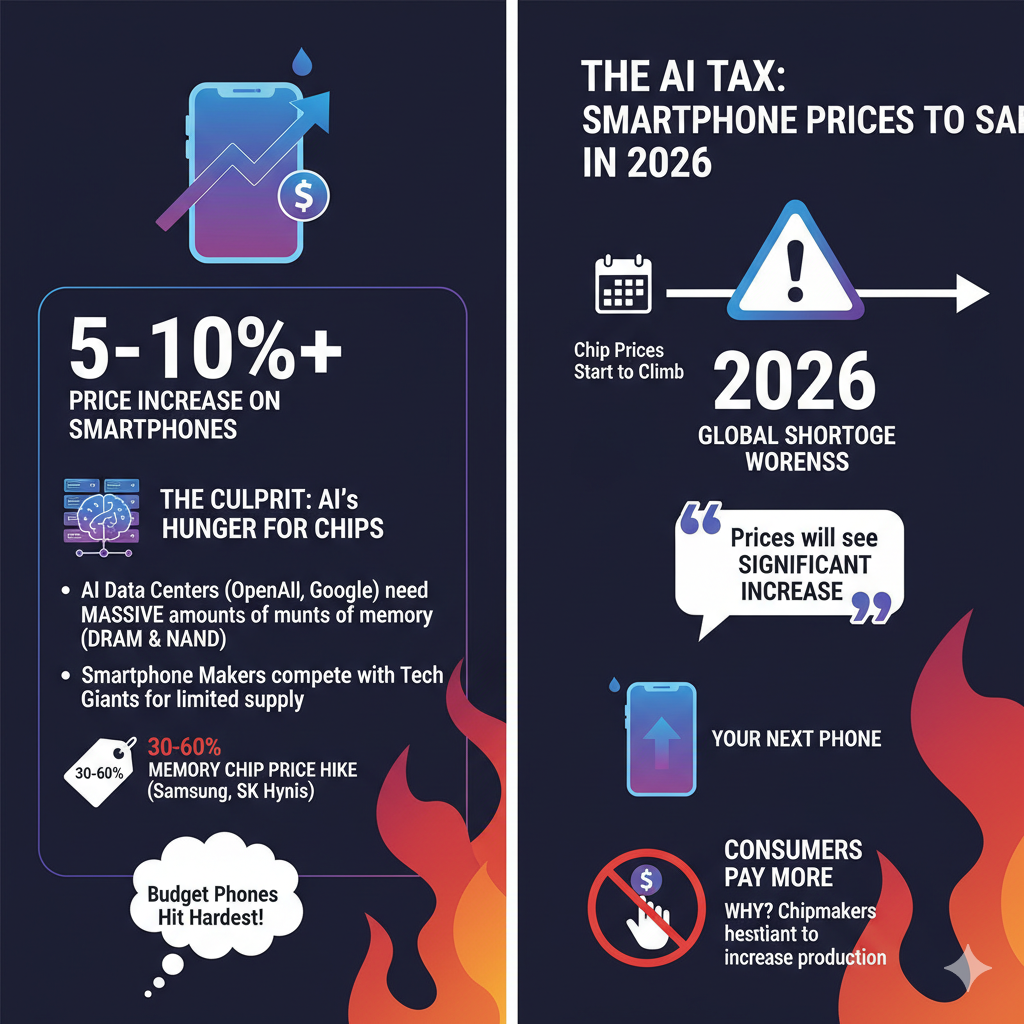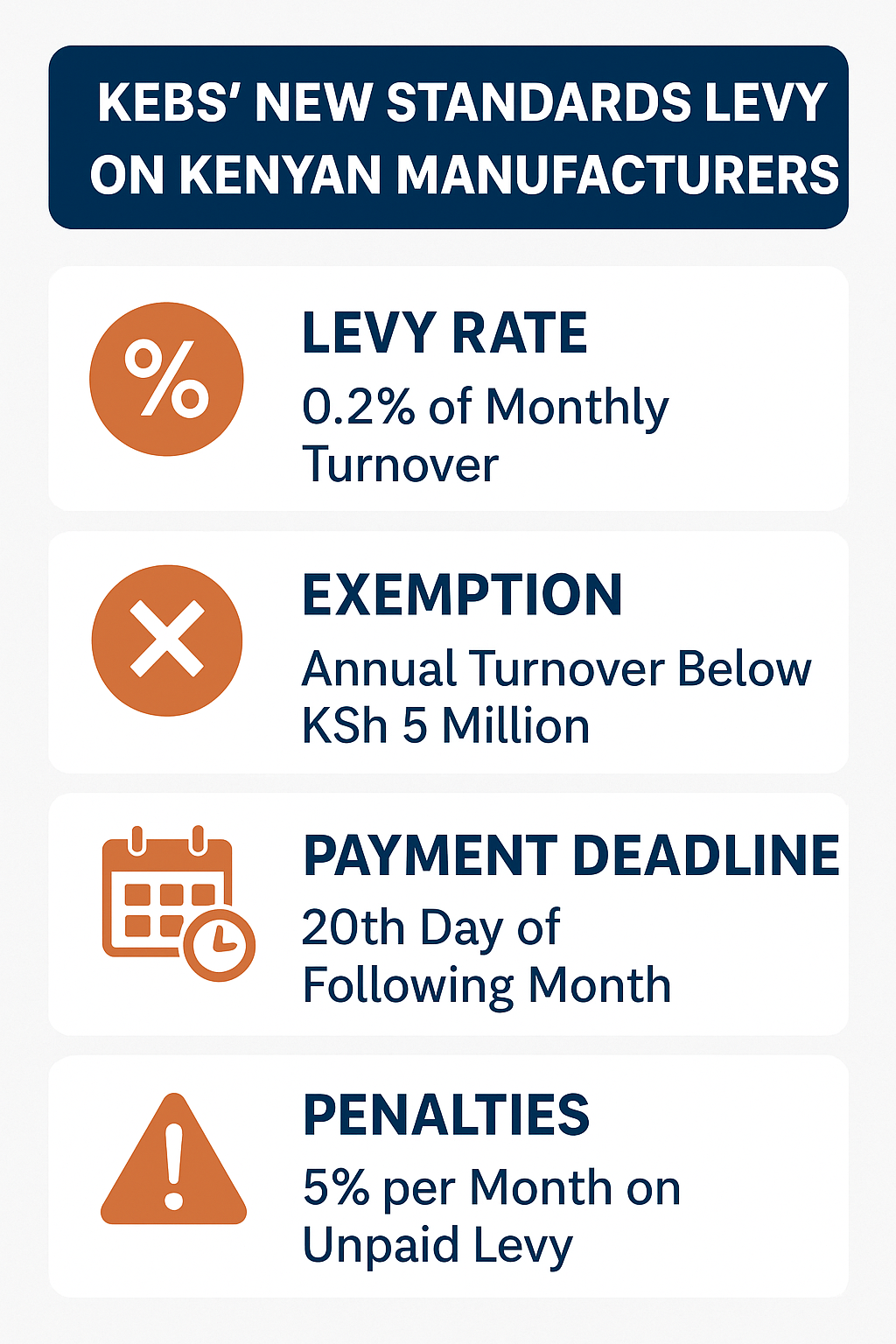In a world increasingly embracing digital finance, stablecoins have emerged as one of the most practical and fast-growing innovations in the cryptocurrency space.
While the broader crypto market has been marked by volatility, speculation, and regulatory uncertainty.
Indeed, stablecoins offer a unique combination of stability, speed, and accessibility.
From cross-border payments and e-commerce to financial inclusion and decentralized finance (DeFi), stablecoins are revolutionizing the way individuals and institutions interact with money.
But what exactly are stablecoins, and why are they gaining so much traction?

What Are Stablecoins?
Imagine you have a digital coin.
Most digital coins, like Bitcoin, are a bit like a rollercoaster—their value goes way up and way down, sometimes in just a few hours!
However, this makes them challenging to use for everyday tasks, such as buying groceries, because you never know what they’ll be worth tomorrow.
Stablecoins are different.
Think of them as a digital coin that tries to always be worth the same amount as something reliable, like a US dollar.
So, if you have one stablecoin, it’s always meant to be worth about one US dollar, no matter what.
How do they stay steady?

Usually, the company that creates the stablecoin holds real money (like actual dollars in a bank, or very safe government bonds) equal to the number of stablecoins they’ve put out there.
It’s like having a reserve to back up each coin. Sometimes, they use clever computer rules (algorithms) to keep the price stable instead.
A stablecoin is a type of digital currency that is pegged to a stable asset—most commonly a fiat currency like the US Dollar (USD), Euro (EUR), or even commodities like gold.
The goal is to keep its value steady, avoiding the wild price swings common with cryptocurrencies like Bitcoin or Ethereum.
Common Types of Stablecoins:
Fiat-collateralized – Backed 1:1 by reserves (e.g., Tether (USDT), USD Coin (USDC))
Crypto-collateralized – Backed by other cryptocurrencies (e.g., DAI by MakerDAO)
Algorithmic – Uses smart contracts to control supply and demand (e.g., UST, though many have collapsed)
Commodity-backed – Tied to physical assets like gold (e.g., Paxos Gold)
Why Are Stablecoins Gaining Popularity?
1. 💱 Stability in an Unstable Crypto Market
The primary advantage of stablecoins is price stability.
In contrast to volatile cryptocurrencies, stablecoins offer a predictable store of value.
For merchants, this reduces the risk of accepting digital payments.
For users, it enables saving and transacting without worrying about sudden devaluation.
📊 For instance, while Bitcoin might drop 20% overnight, 1 USDC will still equal $1 the next day.
2. Revolutionizing Cross-Border Payments
Stablecoins are becoming a go-to option for international money transfers.
Traditional systems like SWIFT or Western Union are expensive and slow, especially in developing countries.
Benefits for remittances:
Near-instant transfers
Fraction of the traditional fees
24/7 availability, no banking hours
🌐 In regions like sub-Saharan Africa, Latin America, and Southeast Asia, stablecoins are helping users bypass broken financial infrastructure.
3. Financial Inclusion for the Unbanked
Globally, over 1.4 billion adults remain unbanked, according to the World Bank.
Many lack access to traditional banking services due to geography, poverty, or bureaucratic hurdles.
Stablecoins only require:
A smartphone
Internet access
A digital wallet
This opens up opportunities for saving, investing, and earning in underserved communities.
4. Integration in Decentralized Finance (DeFi)
DeFi platforms offer financial services—like loans, interest-bearing accounts, and trading—without banks or intermediaries.
Stablecoins are the backbone of these systems.
Common uses in DeFi:
Lending/borrowing assets with stable value
Yield farming and staking
Trading pairs with minimal slippage
🏦 In Q2 2025, over $150 billion in stablecoins were locked in DeFi platforms globally.
5. Adoption by Institutions and Big Tech
Major companies and financial players are embracing stablecoins:
Visa and Mastercard support stablecoin-based payments.
PayPal launched its own USD-backed stablecoin.
Central banks are exploring Central Bank Digital Currencies (CBDCs) inspired by stablecoin models.
This institutional support is helping bring stablecoins into mainstream finance, increasing trust and regulatory legitimacy.
6. E-commerce and Online Payments
Online businesses are starting to accept stablecoins for purchases. Why?
Lower transaction fees than credit cards or PayPal
No chargebacks or fraud risk
Instant settlement
Freelancers, especially those in the gig economy, also prefer stablecoin payments due to faster access and global reach.
7. Programmability and Smart Contracts
Unlike traditional money, stablecoins can be programmed using smart contracts to automate payments, manage subscriptions, or execute complex financial operations.
Examples:
Payroll systems that auto-distribute salaries in stablecoins
Supply chain payments triggered by delivery confirmation
Real estate or crowdfunding platforms automating returns
Challenges and Risks
Despite their advantages, they are not without problems:
a) Regulatory Uncertainty
Many countries are still figuring out how to regulate them.
Some fear they could undermine central banks
b) Centralization Risks
Most fiat-backed stablecoins are controlled by private companies
They can freeze or block funds
c) Transparency Issues
Some stablecoins have been accused of not having real reserves
Lack of regular audits can erode trust
The Future of Stablecoins
The stablecoin market has grown rapidly, reaching a market cap of over $160 billion as of mid-2025.
Analysts project that within the next decade, stablecoins could power a significant share of digital commerce, global remittances, and mobile banking.
As regulations tighten, transparency improves, and new real-world use cases emerge.
Indeed, stablecoins are likely to become a core pillar of the digital economy, bridging the gap between traditional finance and Web3 innovation.
Conclusion
Stablecoins combine the innovation of blockchain with the familiarity of traditional money.
Their stability, global reach, low costs, and usability make them attractive to individuals, businesses, and governments alike.
In a world that increasingly values speed, transparency, and financial access, it’s clear why stablecoins are gaining momentum—and why their role in the future of money is only just beginning.
ALSO READ: Most Valuable Stock Markets in East Africa





































